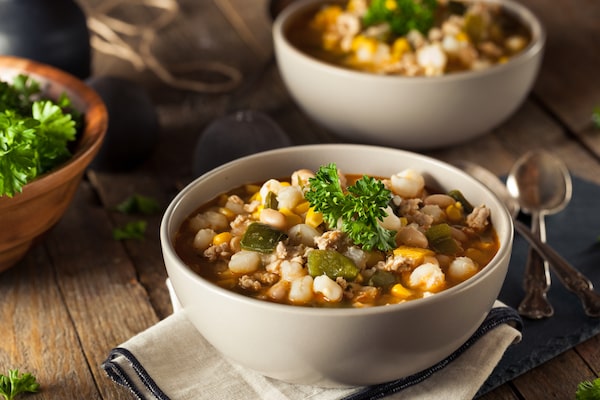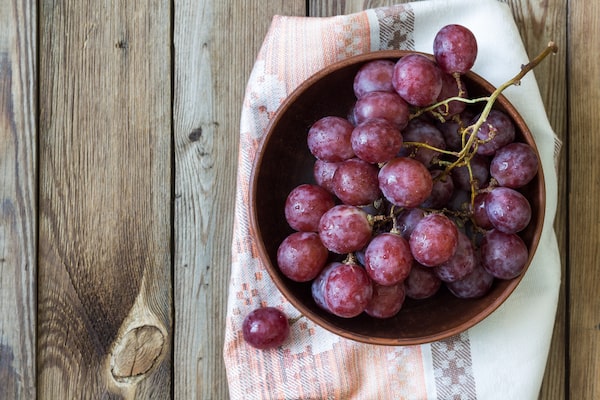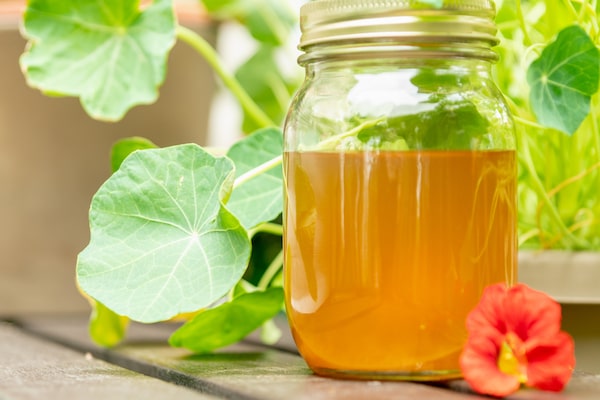More people seem to be jumping on the healthy gut bandwagon and seeking ways to give their gut bacteria a boost.
I’m on board with that.
Scientific findings suggest that the community of microbes that live inside our gut – our microbiota – influences everything from our metabolism, appetite, body weight, immune system and mood, as well as susceptibility to allergies, asthma, Type 2 diabetes, heart disease, certain cancers and Alzheimer’s disease.
It’s thought that having a diverse community of microbes in our gut helps protect against disease. Inflammation- and illness-causing bacteria can outnumber the beneficial microbes when there is less diversity.
Eating for gut health? Consider postbiotics
Genetics, medications (especially antibiotics), hygiene, stress and illness can influence the makeup of your microbiota.
Diet, though, is considered the most powerful tool that can alter the composition and, in so doing, the activity of gut microbes.
What foods should you eat for a robust microbiota?
A diet that’s high in red and processed meat, saturated fat, refined starches and added sugars is linked to a loss of microbiota diversity. Drinking alcohol in excess can also harm beneficial gut bacteria.
On the flip side, plant-based diets are associated with having a diverse community of gut microbes. To build and sustain a diverse microbiota, eat a diet that’s high in nutrient- and fibre-rich foods such as fruits and vegetables, whole grains, beans and lentils, and nuts and seeds.
Focus, too, on the following foods, which studies have shown can cultivate bacterial diversity in your gut.

White bean chicken chili with peppers and corn is a good source of resistant starch.bhofack2/iStockPhoto / Getty Images
Five foods to eat for gut health
5. Resistant starch
Unlike the starch in white rice and bread that gets broken down and absorbed in the small intestine, resistant starch escapes digestion and makes its way to the colon where it is fermented by gut bacteria.
Fermentation of resistant starch creates short-chain fatty acids, compounds that fuel colon cells, inhibit the growth of harmful bacteria and help regulate the immune system.
You’ll find resistant starch in lentils, white beans (kidney, Great Northern), green peas, green bananas, plantain, oats (especially raw oats soaked overnight), barley and whole-grain rye bread. Cooked and cooled rice and potatoes are also good sources.

Fermentable fibres that help your gut microbiota flourish are found in artichokes and asparagus, among other things.,tashka2000/iStockPhoto / Getty Images
4. Fermentable fibre
Many studies have shown that high-fibre eaters have greater bacterial diversity and higher short-chain-fatty-acid levels in their large intestine than people who eat a low-fibre diet.
While an overall high-fibre diet has many health benefits, not all types of fibre are created equal when it comes to your gut microbiota. Insoluble fibre found in wheat bran, for example, and psyllium are poorly fermented by gut bacteria. (That doesn’t mean you shouldn’t include them in your diet, though.)
Fermentable fibres that help your gut microbiota flourish are found in oats, barley, apples, artichokes, asparagus, garlic, onion, banana and Jerusalem artichokes, also known as prebiotic foods.

Found naturally in grapes and other fruits, polyphenols act as fuel for gut bacteria and help fight off disease-causing microbes.Larisa Davydova/iStockPhoto / Getty Images
3. Polyphenols
Found naturally in fruits, vegetables and other plant foods, polyphenols act as fuel for gut bacteria and help fight off disease-causing microbes. They also have immune-enhancing and anti-inflammatory properties.
One of the most commonly consumed type of polyphenols are flavonoids. Good sources of flavonoids include berries, red grapes, red cabbage, green tea, cocoa powder, onions, kale, broccoli, citrus fruit, celery, parsley and soybeans.

You should eat at least one serving (equivalent to one-half cup cooked or one cup raw) of leafy green vegetables, such as this spinach and kale salad, every day.dlerick/iStockPhoto / Getty Images
2. Leafy greens
Leafy greens are nutrient-packed vegetables contain a sulfur-containing sugar, called sulfoquinovose, which is essential for good gut bacteria to thrive. Gut bacteria use an enzyme to release and absorb the sugar’s growth-promoting sulfur.
Eat at least one serving (equivalent to one-half cup cooked or one cup raw) of leafy green vegetables each day, including spinach, kale, Swiss chard, rapini, collard greens, arugula, dandelion greens, romaine lettuce and leaf lettuce.

Fermented foods that contain probiotic cultures, such as kombucha, can help shore up the population of beneficial bacteria in the gut.SOPHIE-CARON/iStockPhoto / Getty Images
1. Fermented foods
Data suggest that fermented foods, as a source of probiotic bacteria, can help shore up the population of beneficial bacteria in the gut, reduce inflammation, fight infection and fend off cell-damaging free radicals.
Fermented foods that contain probiotic cultures include kefir (I use it to soak steel-cut oats overnight), kimchi (add it to a brown-rice bowl or sandwiches), kombucha, unpasteurized sauerkraut and natto, fermented soybeans.
Leslie Beck, a Toronto-based private practice dietitian, is director of food and nutrition at Medcan. Follow her on Twitter @LeslieBeckRD
Sign up for the weekly Health & Wellness newsletter for the latest news and advice.
 Leslie Beck
Leslie Beck